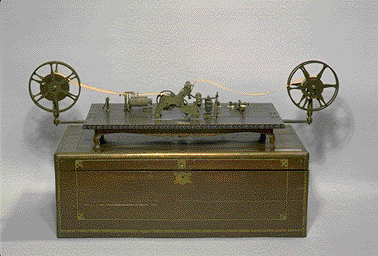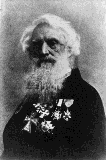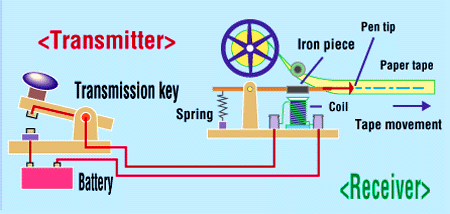
 |
|
 |

 |
|
 |

| In 1837, Samuel F. B. Morse invented the 'telegraph,' a machine that used electricity to relay signals. Then in 1844, Morse successfully demonstrated electrical communication using a 130km wire between Baltimore and Washington, sending the words 'What hath God wrought?' By 1850, a telegraph line connected Great Britain and France, and by 1857 the Transatlantic Cable connected Great Britain and the U.S. Soon thereafter, telegraph lines linked all parts of the world, and many people were able to use this new invention. |
 |
| The Morse Telegraph |
 Samuel Finley Breese Morse
Samuel Finley Breese Morse
How the Morse Telegraph works
|



|
Return to the Gakushukan Home Page | ||

|
Back | Forward |

|